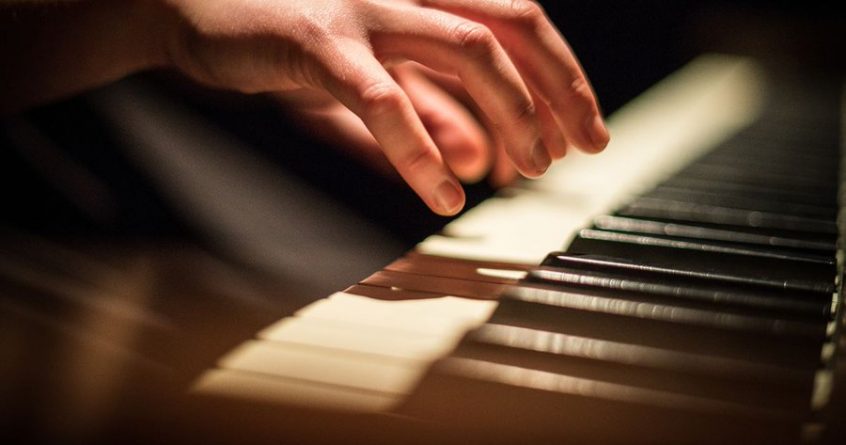The brain is amazing. It can learn new tricks and skills whatever the age.
Just how clever it is was demonstrated by researchers at Imperial College, London, showing pianists can adapt to using an extra robotic thumb (11 fingers!) after just one hour of practice.
The scientists had been trying to understand how the brain could cope with extra limbs using robotics.
Why? Because of our ancient fascination with gods and goddesses with extra limbs, such as those found in Indian mythology and present day superheroes.
Professor Aldo Faisal of Imperial’s Department of Bioengineering and his team attached robotic thumbs next to the little finger in a group of piano players. The thumb was controlled by the pianists using their feet.
Prof Faisal said: “The basic question was: Can we use 11 fingers in a task that requires actual skills?
“Are our brains capable of playing music with extra limbs? We answered that with a clear yes.”
The researchers found that the group of volunteers, which included six experienced piano players and six people who had never played, were able to learn how to play with all 11 digits within an hour of being shown how to use the extra thumb.
And it wasn’t only experienced piano players who learned quickly how to use the robotic digit, revealing that people can learn to use an extra digit for unfamiliar tasks too.
Prof Faisal was surprised to find being a piano player isn’t a strong predictor of how well you’ll play with 11 fingers.
It seems dexterity and agility are much better predictors of being able to use this technology and play the piano with an extra digit.
The study could be used to improve robotic devices in industrial settings and help research on prosthetic limbs.
Dr Ali Shafti, of Imperial’s Department of Computing, who also worked on the research, has bigger plans. He said: “From a robotics point of view it is important to understand the best way to integrate a human into a robotic device.”
This is a whole new way of seeing and using robotics – not just helping people with prosthetics but assisting people where human beings and robots interface.
Professor Faisal added the next step for the research team is to see if human beings could use a whole robotic arm and control the device using brain signals instead of foot controllers.

